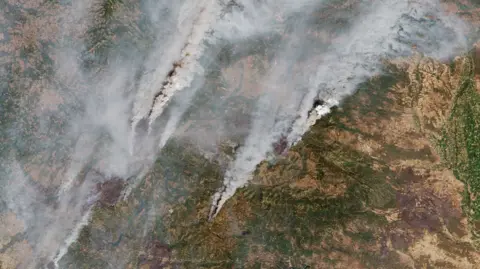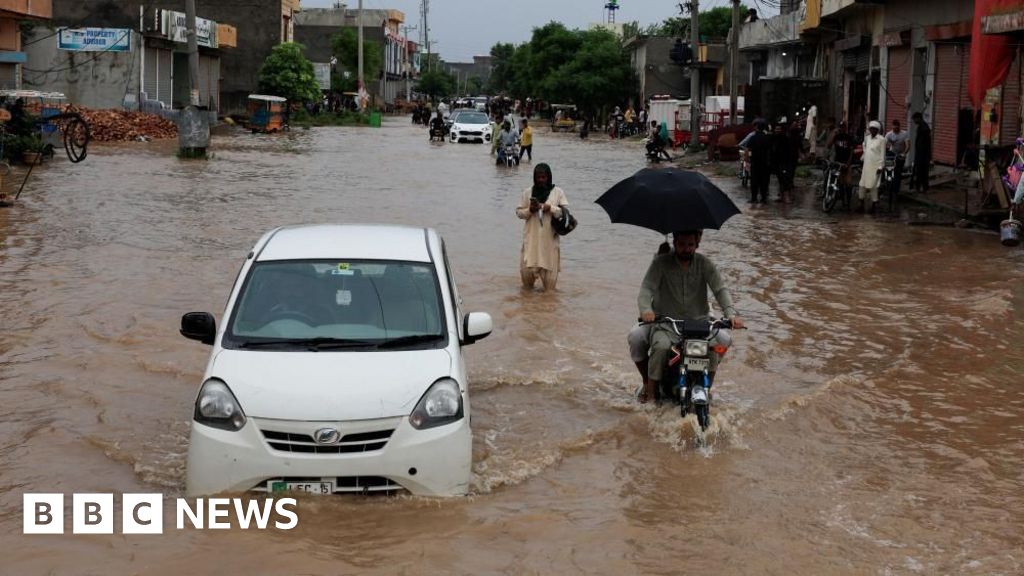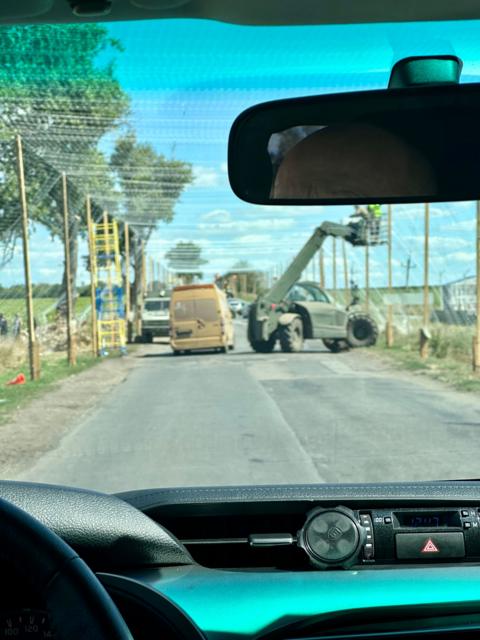Smoke from numerous wildfires in Manitoba, Canada, is intensifying air quality concerns across Eastern Canada and parts of the United States, prompting officials to issue alerts. As Manitoba faces its worst fire season in 30 years, the resulting smoke has caused Toronto and other cities in Ontario to experience some of the worst air quality globally, according to monitoring data.
On July 14, 2025, officials at Environment Canada issued an air quality alert for Toronto as hazy skies enveloped the city following a weekend of extreme heat. Residents have been advised to limit outdoor activities due to hazardous conditions. The alert extends to cities like Saskatoon in Saskatchewan and parts of the Great Lakes region in the U.S., particularly northern areas of Minnesota and Wisconsin, as well as western New York and Pennsylvania.
Meteorologist Ian Hubbard highlighted that while smoke high in the atmosphere is less harmful, danger arises when it reaches ground level. Although air quality in Toronto is expected to improve overnight, high temperatures above 30 degrees Celsius (86 degrees Fahrenheit) will remain a factor for several days.
While Canada’s overall wildfire season this year is milder than the record-setting 2023, Manitoba’s current situation has led Premier Wab Kinew to declare a state of emergency multiple times. This allows for expedited resource deployment and evacuation of residents, particularly after two fatalities occurred in May and over 30,000 people faced mandatory evacuations, some requiring helicopter rescues.
The wildfire situation has also stirred political tensions, as U.S. lawmakers criticize Canadian forest management in light of the smoke that blankets their states. This ongoing issue highlights the complexities surrounding cross-border environmental challenges, primarily attributed to naturally occurring events like lightning which ignite many wildfires in remote areas of Canada.


















